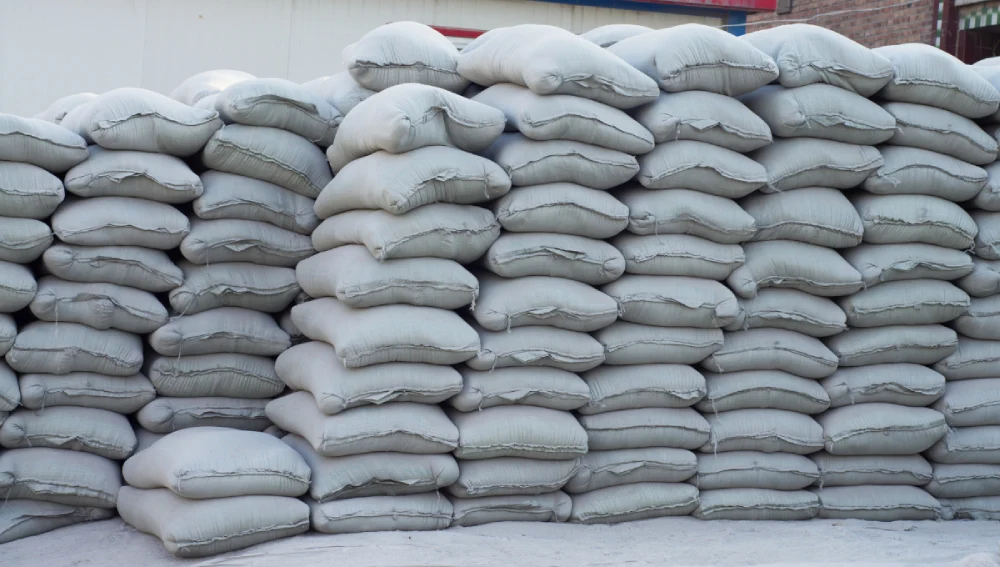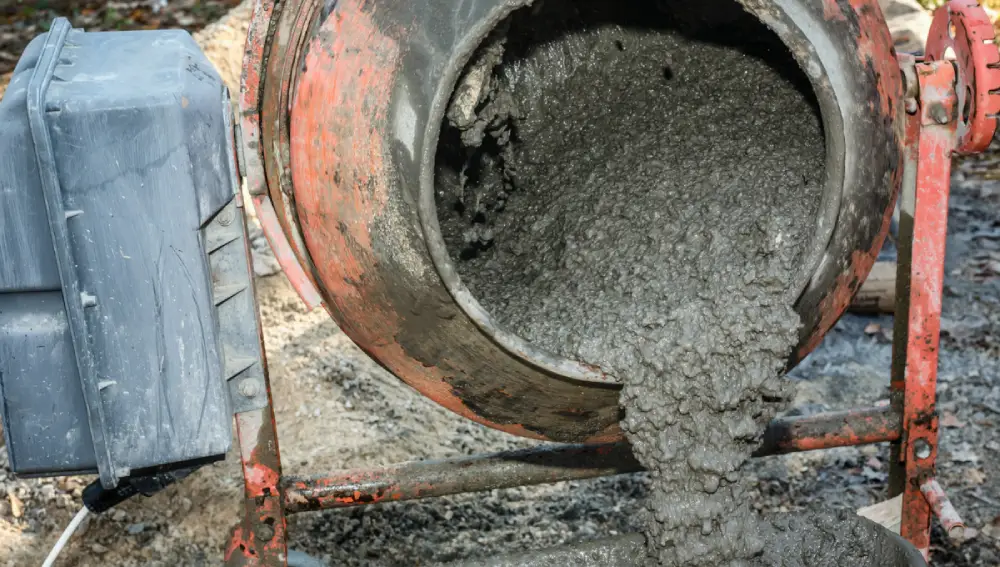A concrete mix is composed of cement, sand, and aggregate. It is essential in construction work.
A good-quality concrete mix can make your building strong and durable. You can do this by using the right amount of materials. This can give your concrete the strength it needs to support the building.
This article will help you understand why you should calculate cement, sand, and aggregate. You will also learn the steps you can follow to calculate it.
Importance of Calculation

A concrete mix consists of cement, sand, aggregate, and water. These components provide support, strength, fire resistance, and durability to the building.
Here are some reasons you should calculate the amounts of cement, sand, and aggregate.
- Using calculated portions of ingredients can achieve the strength and durability the structure needs to support itself.
- Calculating the ratio for each material ensures you order only the required amount of materials, saving costs.
- It minimises the amount of waste or unused materials after mixing the concrete.
- Calculating the ratio of each ingredient ensures uniform concrete quality throughout the building. This reduces the chances of defects or failure.
- Pre-planned calculations can ensure the concrete mix is delivered on time. This can help complete the project on schedule.
Steps to Calculate
Follow these steps to calculate the ingredients for your concrete mix.
1. Determine the concrete grade and mix ratio
There are several grades of concrete. Each corresponds to a specific mix ratio (as shown in the table below). You need to choose the appropriate grade to establish the mix ratio.
2. Calculate the concrete volume needed
Measure the length, width, and depth of the structure to calculate the volume of concrete required in cubic meters.
3. Calculate the dry volume
The volume of concrete you have calculated is the wet volume of the concrete. The raw materials used are all dry. The volume of dry materials will be higher than wet. So, you need to determine the dry volume. Multiply the wet volume by 1.54 to get the dry volume.
4. Determine the percentage of each material
Now, you need to calculate the percentage of each material required for the mix. Consider an M10 concrete., The mix ratio is 1:3:6. This involves 1 part cement, 3 parts sand, and 6 parts aggregate.
That is, 1+3+6 = 10 parts.
To calculate the percentage of each material, divide the number of individual parts by the total number of parts.
1 part cement — 1/10 = 0.1(10%)
3 parts sand — 3/10 = 0.3(30%)
6 parts aggregate — 6/10 = 0.6(60%)
That is, an M10 concrete consists of 10% cement, 30% sand, and 60% aggregate.
5. Calculate the volume of each material
To find the volume (cubic yards) of each material required, multiply the individual percentage by dry volume (1.54).
Cement — 0.1×1.54 = 0.154 ㎥
Sand — 0.3×1.54 = 0.462 ㎥
Aggregate — 0.6×1.54 = 0.924 ㎥
6. Convert volume to weight
To obtain the weight of each material in kilograms, multiply the volume by the appropriate density:
Cement weight — 0.154 ㎥ × 1440 kg/㎥ = 221.76 kg
Sand weight — 0.462 ㎥ × 1520 kg/㎥ = 702.24 kg
Aggregate weight — 0.924 ㎥ × 1560 kg/㎥ = 1443.84 kg
This calculation provides the total amount of each material needed.
Standard Concrete Mix Ratios

The mix ratio for each concrete determines its strength and purpose. For Example, a patio and a driveway have different purposes. So, the strength they need to withstand pressure also differs.
Here are various grades of concrete with their respective mix ratios and compressive strengths:
| Concrete Grade | Mix Ratio | Compressive Strength |
| M5 | 1:5:10 | 5 MPa (725 psi) |
| M7.5 | 1:4:8 | 7.5 MPa (1087 psi) |
| M10 | 1:3:6 | 10 MPa (1450 psi) |
| M15 | 1:2:4 | 15 MPa (2175 psi) |
| M20 | 1:1.5:3 | 20 MPa (2900 psi) |
| M25 | 1:1:2 | 25 MPa (3625 psi) |
Water to Cement Ratio
The amount of water added to the concrete mix ratio significantly influences its quality. Insufficient water may lead to a dry mix that is challenging to work with, while excessive water can weaken the mix.
So, you need to add the right amount of water. Here is a table indicating the water-to-cement ratio for various concrete grades:
| Concrete Grade | Water Cement Ratio |
| M5 | 0.60 |
| M7.5 | 0.60 |
| M10 | 0.60 |
| M15 | 0.50 |
| M20 | 0.45 |
| M25 | 0.40 |
Conclusion
Cement, sand, and aggregate calculation is very important to get the perfect concrete mix for your building. While manual calculations can be difficult., You can visit websites that have calculators to help you calculate the necessary quantities of each material.
FAQs
The volume of concrete you have calculated represents the wet volume. The raw materials used are all dry, so the dry volume will be greater than the wet volume. To find the dry volume, multiply the wet volume by 1.54.
Follow these steps to calculate the ingredients for your concrete mix.
* Determine the concrete grade and mix ratio.
* Calculate the concrete volume needed.
* Calculate the dry volume.
* Determine the percentage of each material.
* Calculate the volume of each material.
* Convert volume to weight.

